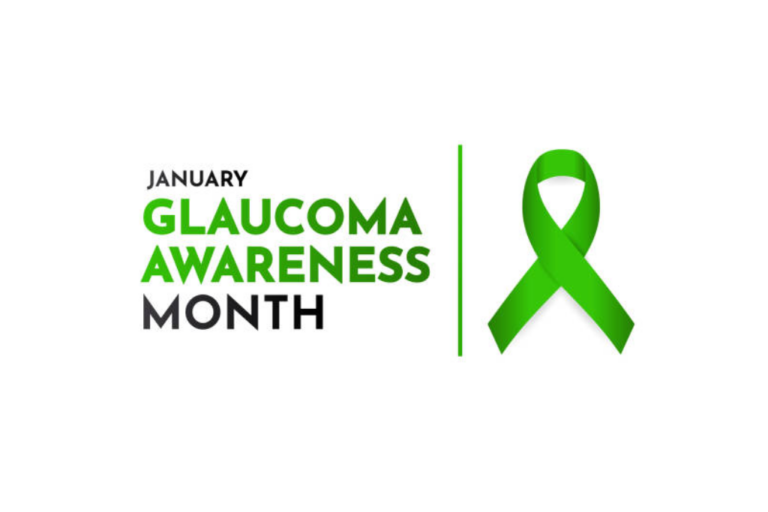February Wellness Spotlight
February is American Heart Month!
February is American Heart Month, which is a time to educate and raise awareness about heart disease! This disease is the leading cause of death in the United States as mentioned by the National Library of Medicine. Luckily, up to 80% of heart disease is preventable, and there are things that can be done to reduce the risk. This Wellness Spotlight includes information on heart disease, as well as ways to prevent it and keep a healthy heart.
What is heart disease?
The term heart disease classifies many heart conditions. It is also called cardiovascular disease, which means heart and blood vessel disease. According to the CDC, the most common type of heart disease in the United States is coronary heart disease, which affects the blood flow to the heart. It can happen over time when plaque builds in the arteries that supply your heart muscle with blood. The buildup of plaque is known as atherosclerosis. Heart disease can be caused by many things which include lifestyle factors, genetics, infections, medicines, and other diseases. As of 2021, the leading cause of death in North Dakota was heart disease, as well as the second leading cause of death in Minnesota per the CDC. About 1 in 3 U.S. adults have high blood pressure, which is a key risk for heart disease.
What are the risk factors for heart disease?
- High blood pressure
- High blood cholesterol
- Smoking
- Diabetes
- Obesity
- Unhealthy diet
- Physical inactivity
- Excessive alcohol use
Heart-healthy habits for a strong lifestyle
- Control your blood pressure
-
- Having high blood pressure is a significant risk factor for this disease. It is important to check your blood pressure regularly and take steps to try and control your blood pressure. The Mayo Clinic recommends that people who are age 40+ should have their blood pressure checked every year, and those under 40 should be checked every 2-5 years. A normal blood pressure reading is less than 120/80 mmHg. An individual is considered to have high blood pressure if their systolic (upper number) is higher than 130, and their diastolic (lower number) is above 80.
- A few ways to manage blood pressure include eating a well-balanced diet, limiting alcohol, engaging in regular physical activity, and maintaining a healthy weight. The CDC recommends 2.5 hours of moderate-intensity exercise per week for adults, such as brisk walking or bicycling. Children and adolescents should get 1 hour of physical activity per day.
-
- Stay at a healthy weight

-
- Being overweight or obese incrases the risk for developing heart disease. This is primarily because overweight and obesity are commonly linked to other risk factors such as high blood cholesterol, high blood pressure, and diabetes. In order to keep a healthy weight, it is important to eat healthy and exercise daily.
- Check out this article by the National Institute on Aging for maintaining a healthy weight here
-
- Get regular exercise
-
- Exercise has numerous benefits, which include strengthening your heart as well as improving circulation. It can also help to maintain a healthy weight and lower cholesterol and blood pressure. If all of these are kept under control, it can lower your risk of heart disease.
- As mentioned, the CDC recommends 2.5 hours of moderate intensity exercise per week for adults. Exercise does not always need to be at a gym, as many activities can be completed at home. These include brisk walking, bicycling, jogging, gardening, swimming, and dancing.
-
- Limit alcohol and Smoking
-
- Binge drinking is a large issue in the United States as one in six adults engage in binge drinking according to the CDC. Binge drinking is defined as drinking five or more alcoholic drinks on an occasion for men, or four or more drinks on an occasion for women. Drinking too much alcohol and smoking can raise blood pressure. Alcohol also adds calories, which can lead to weight gain.
- Smoking puts you at a higher risk for heart attack and stroke. Quitting smoking and limiting alcohol can lower your risk of heart disease. NDquits is an official website of the State of North Dakota that helps individuals quit smoking. They have a high success rate of helping more than 3,000 North Dakotans every year. The goal of NDquits is to prevent smoking among young adults, promote quitting smoking among all ages, and eliminate exposure to secondhand smoke.
-
- Manage stress

-
- Stress can contribute to high blood pressure or other heart disease risk factors. Many ways that people manage stress are not always healthy habits such as overeating, smoking, or drinking alcohol. It is important to learn to manage stress using healthy habits. Some stress reducing activities include talking to a counselor, practicing meditation, being physically active, or talking with a loved one. Check out this resource on deep breathing exercises.
-
- Get enough sleep

-
- Sleep plays a large role in staying healthy. Not getting enough sleep or routine low-quality sleep can raise your risk for health issues. The amount you sleep each day will change depending on age. It is recommended that adults 18 and older get 7-9 hours of sleep each night. The CDC mentions tips to get a better night’s sleep which include:
-
-
- Make sure your bedroom is quiet, dark, and relaxing
- Set the thermostat to a comfortable temperature
- Remove electronic devices from the bedroom
- Avoid caffeine before bedtime
- Be physically active throughout the day to help you fall asleep easier at night
-
-
- Sleep plays a large role in staying healthy. Not getting enough sleep or routine low-quality sleep can raise your risk for health issues. The amount you sleep each day will change depending on age. It is recommended that adults 18 and older get 7-9 hours of sleep each night. The CDC mentions tips to get a better night’s sleep which include:
-
When to see a doctor
It is important to consult your doctor for regular checkups to reduce your risk of heart disease. It is recommended to visit a doctor if you know you have high blood pressure, diabetes, history of smoking, high cholesterol, or a family history of heart disease. A doctor can help to make the best plan to reduce your risk and keep a healthy heart.
Signs to seek medical attention right away:
- Sudden pain or discomfort in the chest that does not go away
- Pain that spreads to the right or left arm, jaw, back, or stomach
- Suddenly feeling of chest pain accompanied by lightheadedness, sweating, nausea or shortness of breath
Resources
Heart Disease – National Library of Medicine


